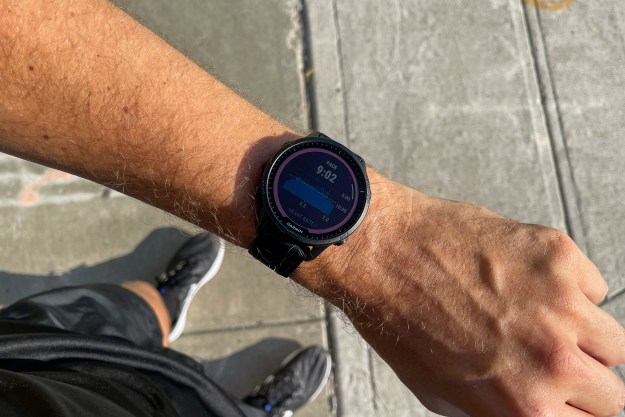However, a new initiative called Virtual Rehab wants to change that by introducing the technology to correctional institutions as a way of helping teach inmates the skills they may rely on after their sentences are completed.
“We develop real life scenarios that an offender or an addict will encounter upon their release,” Dr. Raji Wahidy, founder and CEO of Virtual Rehab, told Digital Trends. “These scenarios will measure the action and reaction of the offender or the addict. It is through these scenarios and curriculums that we will measure and teach offenders and addicts ways of making the right decisions that will help them avoid reoffending and relapsing. The scenarios are fully immersive and will challenge the students accordingly. We are also working on programs that will assist correctional officers in dealing with difficult situations, as well as empathizing with inmates.”
It’s certainly an innovative idea — and something that could hopefully help lower the massive number of prisoners behind bars in the United States. That number currently stands at 2.2 million, and last year cost the federal government a total of $9 billion.
Virtual Rehab involves a varied number of scenarios that inmates can try out, presented in a way that’s engaging and practical — without putting members of the general public at risk in the process. For example, it allows for vocational job training skills such as learning car mechanics, plumbing, welding, or carpentry. Other scenarios take more of a psychological rehabilitation tact, with the goal of helping treat emotional disorders, or perhaps navigating through a scene involving dealing with family violence or alcoholism.
Given that VR is still a relatively new tool, the jury’s still out on what kind of difference it can make in a person’s life. However, Wahidy is confident it has a valuable role to play.
“VR has proven to be even more effective than some of this existing traditional ways of educating and rehabilitating,” he said. “For example, back in 1994, [integrated managed care consortium] Kaiser Permanente were one of the first [groups] to use VR to treat patients with acrophobia symptoms. The results of these studies were that over 90 percent of patients no longer showed these acrophobia symptoms. Further studies were conducted on military combat personnel who returned from Iraq and Afghanistan with PTSD symptoms. Yet again, the results of these studies were that over 75 percent did not show these symptoms following the use of VR.”
Virtual Rehab soft-launched back in December, and the team has just released a Virtual Rehab Trial Version this week. Let’s hope it can live up to its promise.
Hey, if it’s a success maybe they can even get Morgan Freeman to reprise his Shawshank Redemption narrator role for a future upgrade!
Editors' Recommendations
- Apple’s VR headset could get these surprise iOS features
- We just learned an important spec about Apple’s upcoming VR headset
- Holotron is a robotic exosuit that could transform the way we use VR
- Valve Index VR goes on sale again Monday in time for Half-Life: Alyx
- PlayStation VR on the PS5 could ditch Move controllers for finger-tracking


